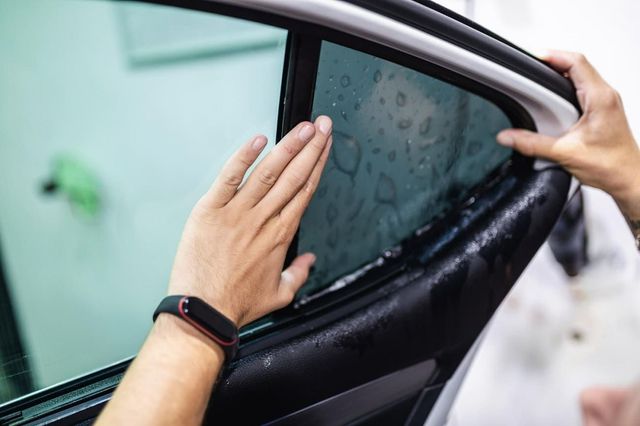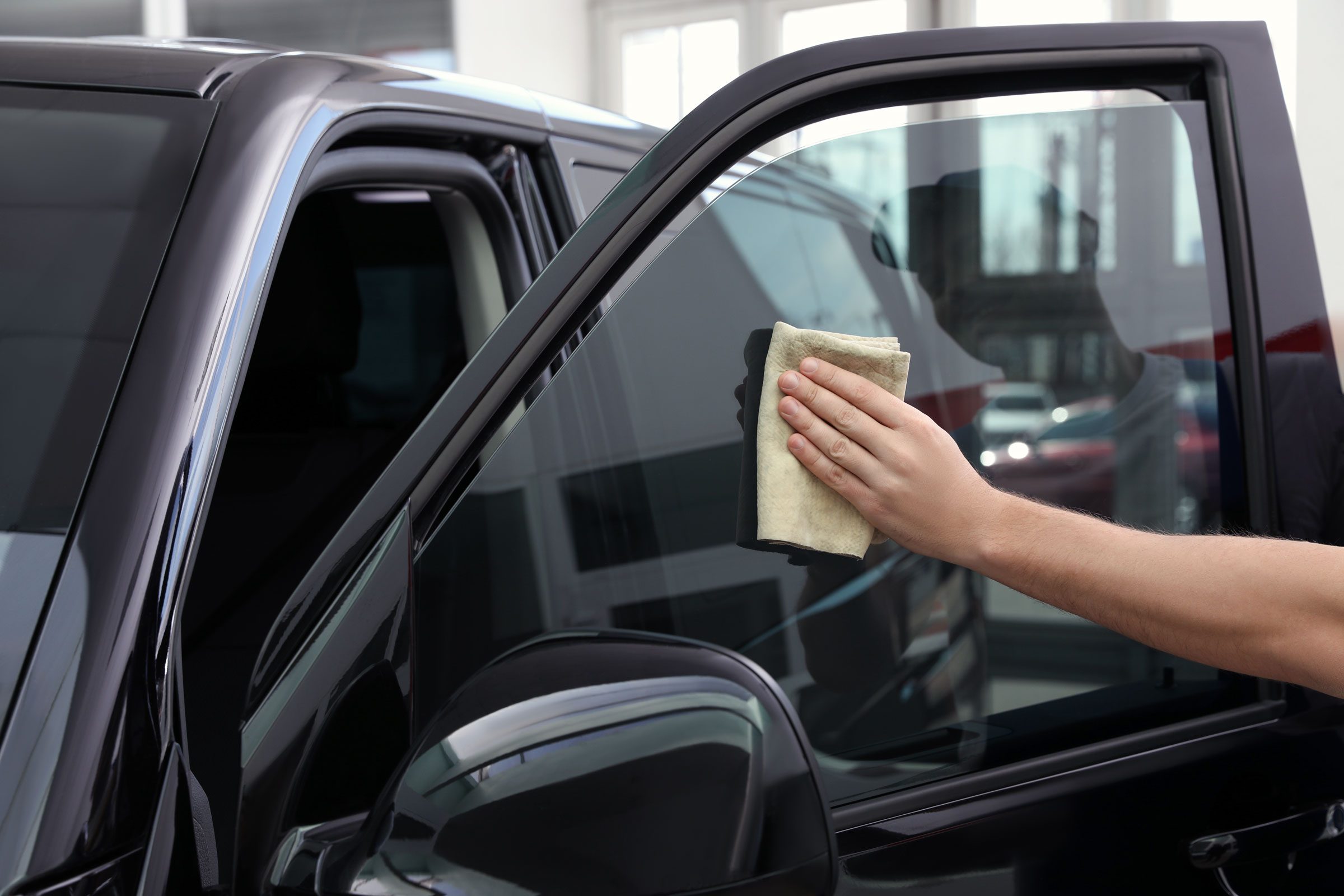Custom-made Vehicle Window Tinting Solutions for a Streamlined and Elegant Appearance
Custom-made Vehicle Window Tinting Solutions for a Streamlined and Elegant Appearance
Blog Article
Home Window Tinting Rules and Guidelines: What You Need to Know Prior To Tinting Your Car
Prior to continuing with window tinting for your car, it is important to acquaint on your own with the diverse laws and guidelines that govern this practice throughout different states. These regulations dictate the acceptable levels of color darkness, commonly gauged by visible light transmission (VLT) percents, and include details stipulations for front windshields aimed at making sure road security.
Summary of Home Window Tinting Regulations
Window tinting regulations are regularly based on variation throughout various territories, showing regional regulations and safety and security factors to consider. These laws determine the acceptable levels of color darkness and reflectiveness on automobile windows, making certain that drivers keep ample presence while likewise protecting versus harmful UV rays and warmth.
Many policies identify window tinting based upon the Visible Light Transmission (VLT) portion, which shows the amount of light that can pass with the window. Generally, reduced VLT percents indicate darker tints. Legislations commonly differentiate between the front, side, and rear windows, with more stringent constraints put on the front windscreen to enhance safety and security for both the chauffeur and other road users.
Compliance with home window tinting policies is vital, as violations can result in fines, obligatory elimination of the color, and prospective increases in insurance policy costs. It is necessary for automobile owners to familiarize themselves with local regulations prior to proceeding with window tinting installations.
State-by-State Tint Laws
Comprehending the details home window tinting laws in each state is important for vehicle proprietors looking for to abide with the legislation. Each state in the united state has established its own set of guidelines governing window tinting, which can vary considerably. These policies usually determine the permitted levels of tint darkness, the kinds of windows that can be tinted, and any medical exemptions that may use.
For instance, states like The golden state have rigorous limitations on color darkness for front windows, while others, such as New Mexico, might enable darker colors. In addition, specific states mandate details exposure portions for different home windows, including the windscreen, front side home windows, and back home windows. It is critical for auto owners to acquaint themselves with their state's regulations to avoid prospective penalties or charges.
Furthermore, some states may need an accreditation sticker label to be placed on tinted home windows, showing compliance with state laws. Failure to comply with these policies not just runs the risk of lawful repercussions but can likewise influence safety and security and exposure while driving. As a result, lorry owners must perform complete research study or speak with neighborhood authorities to ensure complete understanding and conformity with state-by-state color regulations.
Allowed Color Degrees and Types
Many lorry proprietors might be shocked to discover that enabled color degrees and kinds vary commonly across various states. Each state has established its own policies pertaining to the acceptable darkness and reflectivity of home window tint, frequently measured by Visible Light Transmission (VLT) percents. VLT refers to the amount of light that can travel through the colored home windows; hence, a reduced percent suggests a darker tint.

In addition, the types of color materials enabled can vary, with some states prohibiting metal or mirror-like finishes. It is important for vehicle proprietors to familiarize themselves with their state's details laws to make sure compliance. Non-compliance can result in penalties, obligatory removal of the color, or other lawful repercussions, making it essential to comprehend these policies prior to waging setup.
Medical Exemptions for Tinting
While not all states provide allowances for medical exceptions relating to window tinting, those that do acknowledge the necessity for particular individuals to improve presence and convenience as a result of clinical problems. Numerous medical conditions, such as lupus, skin cancer, and certain eye problems, can make individuals particularly conscious sunlight. These people may require darker tints to protect themselves from unsafe UV rays and glare.

It is very important to note that also with a clinical exemption, there might still be restrictions on the level of tint enabled. Conformity with state legislations guarantees that individuals are both secured and within lawful limits. Those considering medical exemptions should call their local Division of Electric motor Vehicles or equal authority to comprehend the requirements and procedures needed to obtain an exemption efficiently.
Fines for Non-Compliance
Failing to adhere to window tinting laws can cause substantial penalties, which vary by state. Police are encouraged to provide citations for cars that do not stick to the defined tinting guidelines. These fines typically consist of fines, which can range from small total up to several hundred bucks, depending upon the extent of the offense and the state in concern.
In some jurisdictions, duplicated offenses may cause escalating fines or added penalties, such as compulsory court looks. Additionally, non-compliance might necessitate the removal of unlawful tinting, often at the about his proprietor's cost. In severe instances, habitual offenders may face suspension of their lorry enrollment until conformity is accomplished.
Furthermore, insurance effects may develop from receiving multiple citations for home window color infractions. Insurance companies might view such offenses as an indicator of riskier actions, potentially causing raised costs or difficulty in coverage.
To prevent these fines, it is important for automobile owners to familiarize themselves with their neighborhood window tinting regulations and make sure that their car complies (Window Tinting). This aggressive technique not just stays clear of lawful ramifications but also advertises road safety
Conclusion

The majority of guidelines classify home window tinting based on the Visible Light Transmission (VLT) portion, which indicates the quantity of light that can pass through the window. Conformity with window tinting regulations is vital, as offenses can result in fines, mandatory elimination of the tint, and possible rises in insurance premiums.Understanding the particular window tinting laws in each state is vital for automobile proprietors seeking to conform with the regulation. These laws typically dictate the allowed degrees of tint darkness, the kinds of home windows that can be tinted, and any type of clinical exemptions that might apply.
For instance, states like The golden state have rigid constraints on tint darkness for front windows, while others, such as New Mexico, might allow darker colors.
Report this page